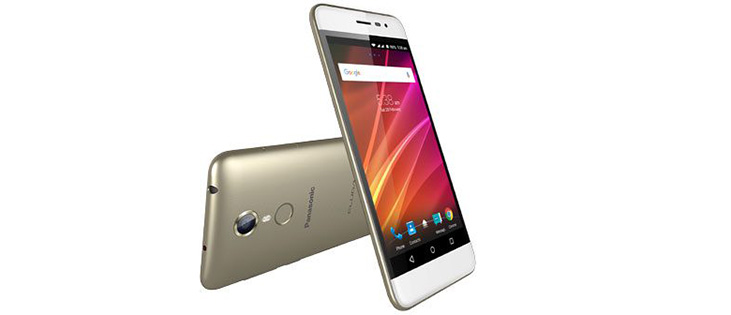As a company, Panasonic needs no introduction. But not many people know that Panasonic will turn 100 years old in 2018. Over the past century, their formula for success has been to move with the times and to manufacture quality products that stand the test of time. Off late, Panasonic has tuned its focus on the mobile phone market. And they’ve certainly jumped in with both feet, as they plan to launch 25-30 mobile phones this year alone. We speak to Pankaj Rana, Business Head – Mobility Division, Panasonic India, to find out how they plan to become a major player in the mobile phone market.
You’ve recently launched a slew of smartphones. What kind of market share gains are you aiming for?
Our plan is to double last year’s Rs. 1,200 crore turnover to Rs. 2,500 crore. Our aim is to achieve 10% market share in 24 months. On a realistic front, we plan to achieve 5% this year, from our current 3% market share. India is our biggest market, and we’re happy to say that 95% percent of the demand in the country is met by our plant in India.
In a market where there are countless Android based mobile phones, how does Panasonic set itself apart from the competition? What is your USP?
Being a Japanese company, we have three mantras that are basically our DNA – design, user experience and performance. If you see our phones from the last one year, you will see how design focused they are. And for us it doesn’t stop there, as we also want to ensure that it should be a reliable product and that’s where the user’s experience comes in. As there are so many Android based phones, our USP is that we ensure that our phones don’t start aging in a year, performance wise, and also in terms of battery life. User interface and customisation of the Android operating system also plays an important role in the longevity of the phone. This is where we just tweak the Android layer, unlike other brands who change it drastically – which leads to a lot of bugs and creates a lag in the device. In the near future, you’ll see us integrating health apps, eye recognition, gesture controls and even home security surveillance.
As a brand, which segment is Panasonic focused on?
Our mobile phone range covers almost all segments, but our core focus is the
Rs. 10,000-15,000 range – as this targets the youth and young executives. This is where we want to add a lot of value, and that’s the reason why we have five phones in this segment – like the Eluga Arc, Eluga Turbo, Eluga Mark, and some new phones that will be launched very soon. Also, we don’t really compete with the Indian brands, as their bread and butter segment is the sub `10,000 range. So our competition becomes the three or four Chinese brands. And here we have an edge, as we are a Japanese brand and people have more faith in a Japanese product than a Chinese one.
Tell us a bit about your recently launched entry-level smart phones — the T44 and T30. Will these help Panasonic penetrate tier II and tier III cities?
A month ago we launched another phone, the T50, so basically we have three phones below the Rs. 5,000 price point. We did a lot of data research and one-on-one interactions in tier II and tier III cities almost 6-9 months before we launched these phones. We learnt that the customers in this range tend to buy a feature phone. As the primary function of a phone is calling, SMS, and camera use, the question arose as to why customers would spend an extra Rs. 500-1,000 to buy a Panasonic phone? Well, for starters, our phones look very attractive and don’t look like a budget phone. As customers love tinkering around with their phone, we wanted to provide a hands-on experience for them – and, therefore, we created the Sail UI. This basically provides options like Gesture Control, File Manager and Batch Arranging. As everyone loves to take photos, the Sail UI offers nine beauty camera modes to tweak images. There are also themes and special effects that can be added. Both T50 and T44 come with Sail UI, which offers numerous customisation options.

Your direct rivals, the Chinese mobile phone brands, especially Xiaomi, churn out anything from one to one-and-a-half million units a quarter – largely by selling their phones online. Do you see this model sustaining itself, and if that’s the case will offline stores become redundant as they don’t offer as attractive pricing?
We call ourselves an offline brand. This lets us help customers when they are about to purchase a phone. We can answer their queries right there and then, and let them know about the phone and its features. We also want to hold interactions with our retailers and do workshops and training exercises with them. We believe that online channels cannot be sustained on a long-term basis. That’s why the three major Chinese brands have now decided to enter the offline business. So, as of now, offline channels are the way to sustain your business.
What else can we expect from the Panasonic mobility division this year?
For starters, we will launch more than 25-30 phones in the next 9 months. By Diwali, we will introduce 12-15 phones. We also focus a lot on consumer driven activities via social media and will continue to do so. We are here for the long play. In Panasonic, our thought process is all about sustainability.
